There’s nothing prettier and more subtly enticing as a sheer fabric in the fabric world. It is complete in its simplicity and yet manages to charm anyone who comes in close contact with it.
Sheer is tactile feeling that is satisfying and delightful. It is a feeling or a state of experience. Sheer fabric is a very fine, gossamer or diaphanous material that does not occlude vision through it. It is an important quality mark for the lightness of mass. The word sheer is used to emphasize a state or situation that is extreme or complete, and does not involve any mix-up with anything else (does not involve anything else).
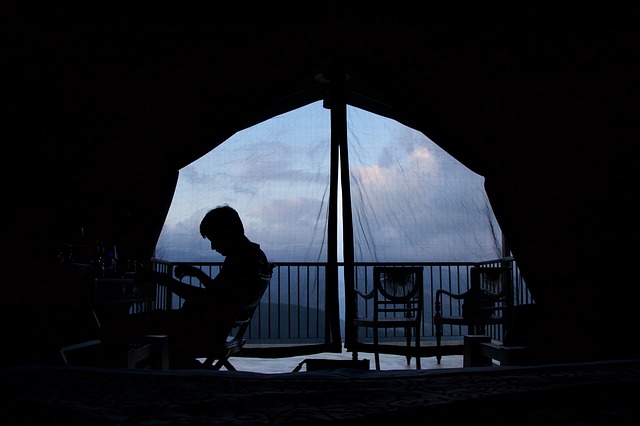
A Sheer fabric has three basic qualifications: It is thin or lightweight, translucent, and it is very supple. The lightweight features come from the quality of fibre material, its filament or spun thread (denier), the low density construction through knitting or weaving. Its translucency derives from the sectional form of the fibre, the degree of spinning, the massing during spinning and weaving, and minimal or no addition of processing materials like dyeing, sizing, etc. Its suppleness results from the quality of fibre material, the low denier of fibre or filament, and avoidance of massing during spinning and weaving.
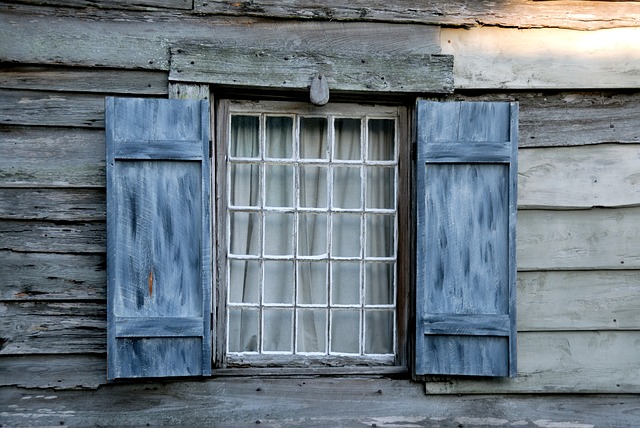
Sheer fabrics from natural fibres such as Silk, have yarns with multiple fibre stands, whereas Cotton has several staples entwined during spinning. The natural fibres create a fabric that is dull or with small sheen. Rayons are produced as staples, and so have slight sheen, unless treated differently. Synthetic fibres such as Nylon and Polyesters are filaments or very long staples, and usually with uniform cross sectional shape, and so provide glossy face.

Sheer fabrics are made from very thin threads and have low density construction, through mainly weaving, but sometimes through knitting. Sheer fabrics of netting type have comparatively low gloss due to greater de-fraction of light. Denser weaves have more sheen or shine. The density of a fabric (knitted or woven) is determined by several factors such as sectional form the fibre, degree of spinning, massing during spinning and weaving. The resultant fabrics have various levels of translucency. Sheer fabric of low density weave is supple, but a flimsy cloth.
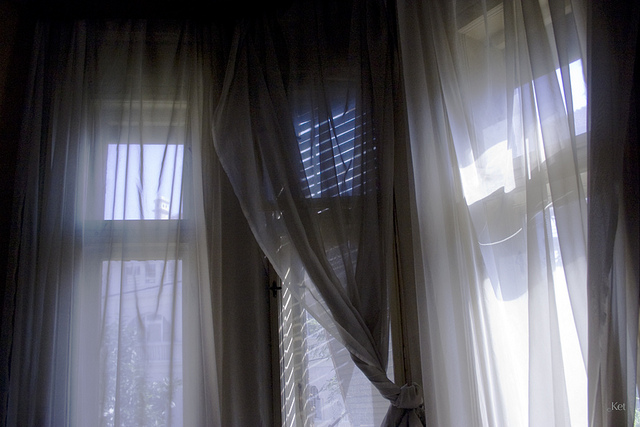
Fabrics with a high denier measure are bulky, sturdy, durable, but nearly opaque, whereas fabrics with a low denier measure tend to be sheer, soft, and smooth. A fabric, of 3-5 denier is like a clear film, extremely thin. Ultra sheer refers to very light deniers of stockings or pantyhose, usually 10 or less.
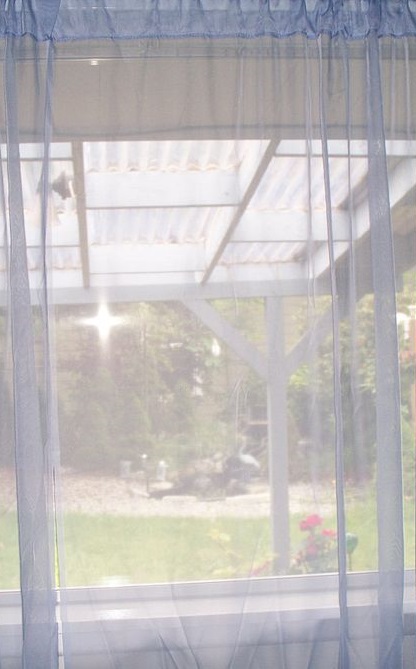
Sheer fabrics have a crisp to soft feel, depending on the quality of fibres and the density of weave. Fabrics’ coarseness or fineness, are mainly due the techniques of weaving. It is measured in warps or ends per length and in wefts or picks per length. Sheer fabrics include: Silks, Cotton, Rayon, Nylon, Polyesters and other synthetics. The fabric forms are crispy organdy, organza, voile, lawn, georgette. Supple forms include natural silk (unsized), artificial silks, rayons, tulle, netting, gauze, Gossamer, muslin. Soft sheers are difficult to stitch in comparison to crisp sheers. Art Silk or artificial silks are heat and chemically treated, or co-spun with rayon, cotton and silk staples to achieve desired level of feel.
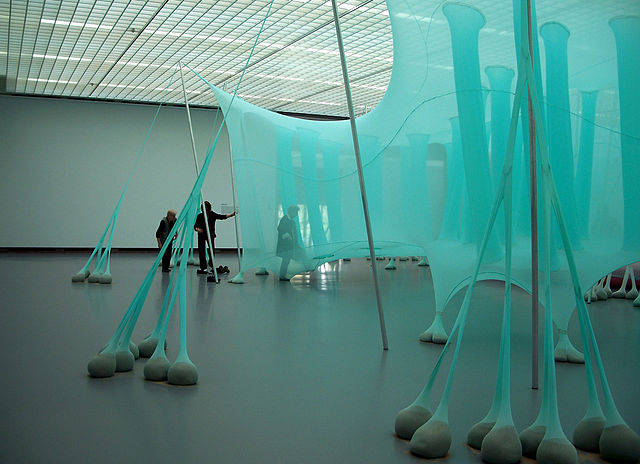
Sheer fabrics are favoured for garments and draperies due to the suppleness (fall, contouring), transparency and low weight. Sheer fabrics are too thin to control incoming sunlight, but cause its de-fraction. As a curtain the sheer fabric allows sunlight to pass through during daylight, while maintaining a level of privacy.
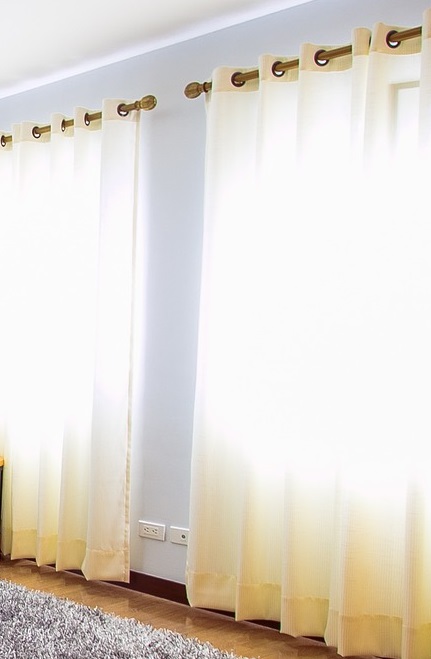
Early glass for windows was a flattened plane from cylinder or a flat cast sheet, but available in small sizes. Flattened glass had crinkles, whereas the cast sheet was unevenly polished. The vision through it was distorted, muddled or frosty. The sheer curtain masked the vision through the window. Sheer curtain fabrics do not offer any insulation against heat or cold, so they need an additional layer of heavy-opaque fabric curtains. Sheer curtains over bedsteads provide a romantic transparency. Sheer fabrics of low denier and high count weaves have little sound absorption, but higher proportion of gather or creases which add to sound absorption capacity.
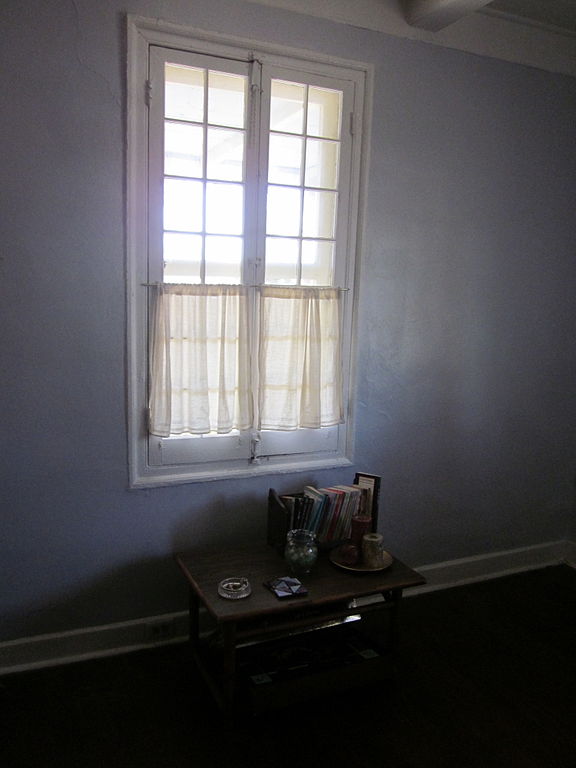
Sheer curtains over bedsteads provide a romantic transparency. Sheer fabrics of low denier and high count weaves have little sound absorption, but
Sheer curtains over bedsteads provide a romantic transparency. Sheer fabrics of low denier and high count weaves have little sound absorption, but higher proportion of gather or creases which add to sound absorption capacity.

Expert Corner: The romance of the Sheer Fabric
Sheer fabrics for curtaining look best in their natural colours (original colour of the constituent fibre) or very lightly dyed or bleached shades, such as white, off-whites, cream, ivory, shades. Though many base shades and prints are available. Lighter colours are preferred, due to the greater capacity to deflect the light. Colour tinted sheer fabrics were popular to tinge the room with the particular hue. This is no longer needed, as vast varieties of paints and wall finishes with subtle variations of hues are available.
Gautam Shah is a consultant Interior Designer based at Ahmedabad, India, since 1970, and a highly respected former faculty member, School of Interior Design – Faculty of Design, CEPT University, Ahmedabad. His blogs on Interior Designing and Architecture are among the most widely read literature on these topics.
Follow Shah here.
